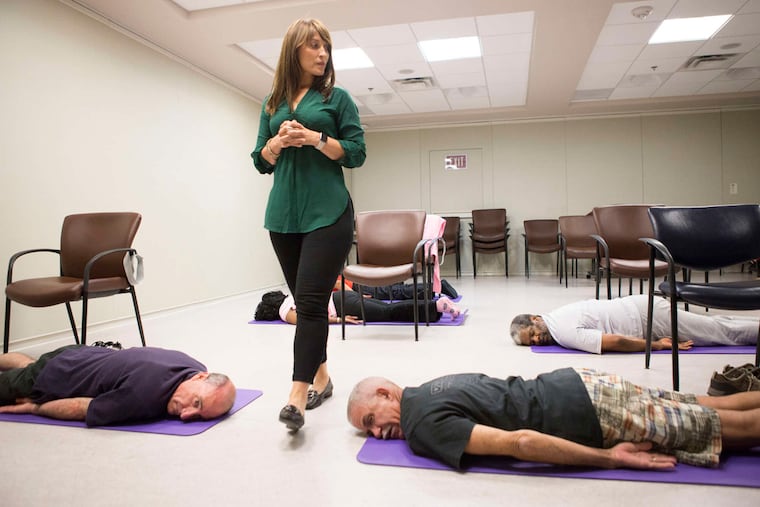How to fight chronic pain with more than opioids
In a drab meeting room in West Philadelphia, a group of aging veterans with chronic back pain gathered for a dose of what their teacher called "breath as medicine."

In a drab meeting room in West Philadelphia, a group of aging veterans with chronic back pain gathered for a dose of what their teacher called "breath as medicine."
